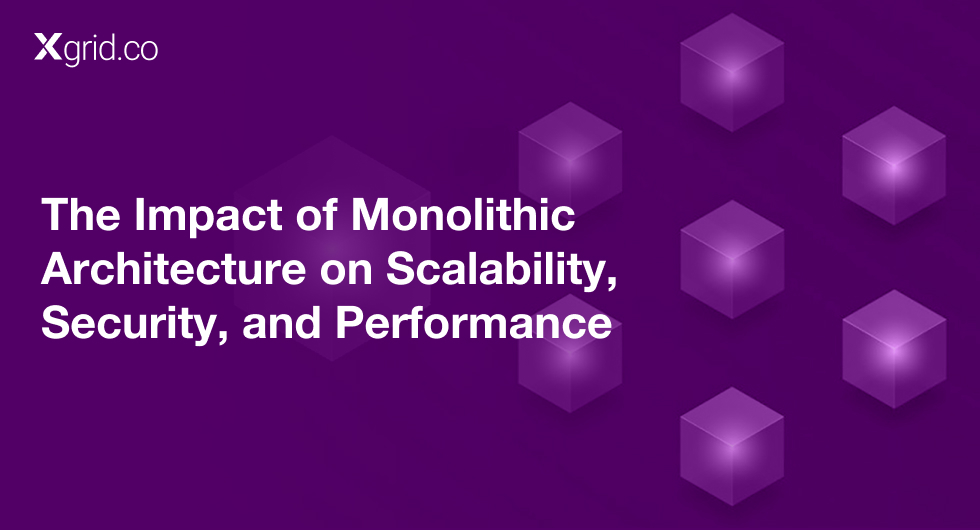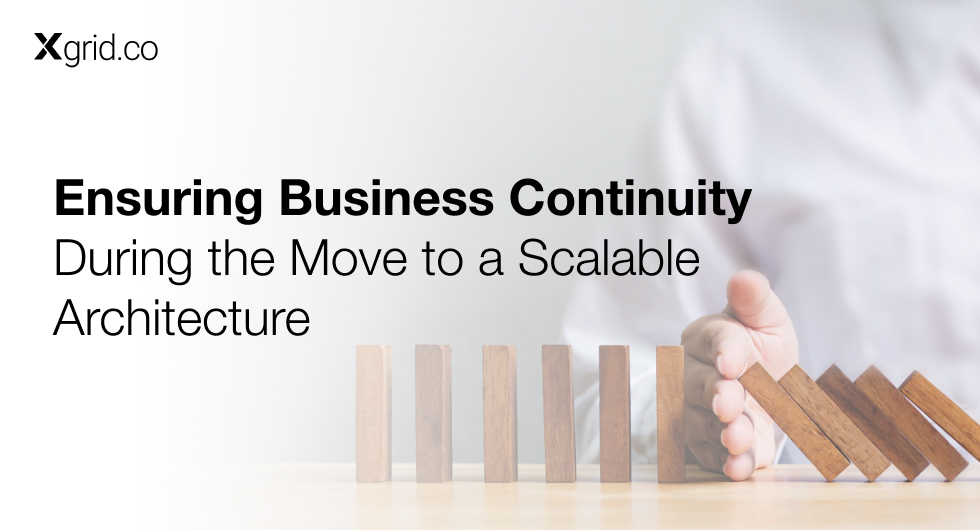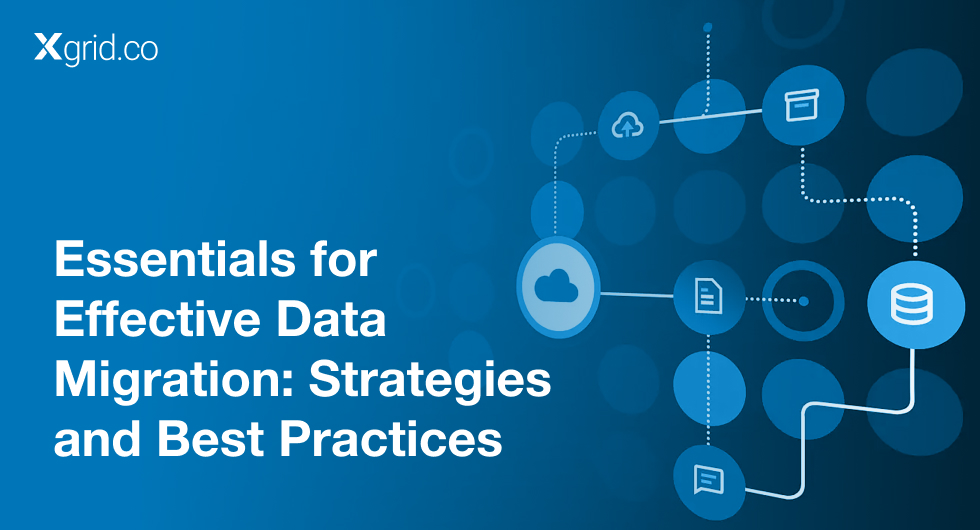Step-by-Step Plan for Migration to Cloud Architecture and App Modernization
Introduction
Transitioning from a monolithic architecture to a cloud-based, scalable, and secure system is crucial for businesses aiming to improve performance, security, and scalability. This plan outlines the key steps to migrate to a cloud architecture and modernize applications, ensuring a smooth and efficient transition.
Why Migrate to Cloud Architecture?
Migrating to a cloud architecture offers numerous benefits, including:
- Scalability: Cloud systems can easily scale up or down based on demand, ensuring optimal resource utilization and cost-efficiency.
- Improved Performance: Cloud platforms offer robust infrastructure and services that enhance the performance and responsiveness of applications.
- Enhanced Security: Modern cloud providers offer advanced security features and compliance certifications, ensuring data protection and regulatory compliance.
- Cost Efficiency: Pay-as-you-go models reduce upfront capital investments and optimize IT expenditure.
- Flexibility and Innovation: Cloud environments support rapid deployment of new features and services, fostering innovation and agility.
Decoupling Frontend and Backend Systems
Consistent Tech Stack for Frontend
Adopting a consistent tech stack for the frontend is vital for long-term support and maintainability. This strategy streamlines development processes, reduces compatibility issues, and enhances the overall efficiency of the development team. A standardized tech stack simplifies updates and maintenance, ensuring that the frontend remains robust and adaptable to future needs.
Breaking Backend into Microservices
Transitioning the backend from a monolithic structure to microservices involves decomposing the application into smaller, independent services. Each microservice is responsible for a specific business function, which allows for better scalability and easier management. This separation means that each service can be developed, deployed, and scaled independently, leading to more agile and resilient applications.
Introducing Low Latency Solutions
Implementing low latency solutions is essential for reducing response times and improving overall application performance. Using web sockets instead of HTTP, where possible, can minimize communication overhead and enhance real-time interaction capabilities. This change ensures faster data exchange and a more responsive user experience.
Automatic Horizontal Scalability with Containerization
Utilizing containerization technologies, such as Docker and Kubernetes, enables automatic horizontal scalability. This approach allows the system to handle increased loads by scaling out services independently, ensuring efficient resource utilization. Containers encapsulate applications and their dependencies, providing a consistent environment across various stages of development, testing, and production.
Redesigning the Database
Redesigning the database to meet actual requirements and addressing quirks in the old design is crucial for optimal performance and reliability. This step ensures that the database structure supports better data integrity, faster query performance, and improved scalability. A well-designed database facilitates smoother operations and more efficient data management.
Documenting Data Flows and Workflows
Thoroughly documenting data flows, workflows, use cases, and requirement specifications is critical for quick debugging and better support. Clear documentation helps in understanding the system’s intricacies, aids in troubleshooting issues, and serves as a reference for maintaining the application. This practice ensures that knowledge is preserved and easily accessible to all team members.
Integrating Extensive Testing
Incorporating comprehensive unit tests and integration tests is vital to ensure software quality. This step helps identify and resolve issues early in the development cycle, maintaining high standards of reliability and performance. Automated testing frameworks can provide continuous feedback, ensuring that the codebase remains stable and bug-free as new features are added or existing ones are modified.
Conclusion
Migrating to a cloud architecture and modernizing applications brings significant benefits, including enhanced scalability, improved performance, better security, cost efficiency, and increased flexibility for innovation. By following this step-by-step plan, businesses can ensure a smooth and efficient transition, leveraging modern technologies to achieve their strategic goals and maintain a competitive edge in the market.





